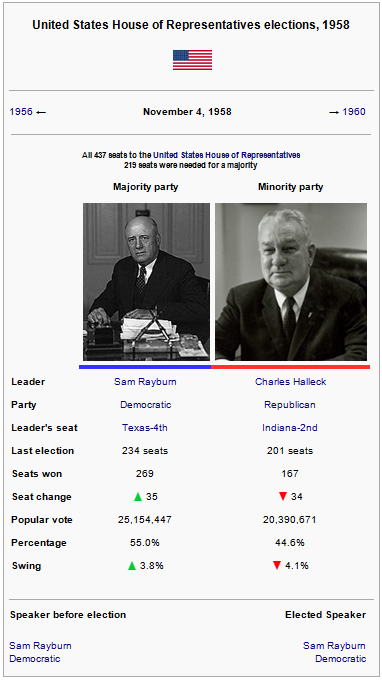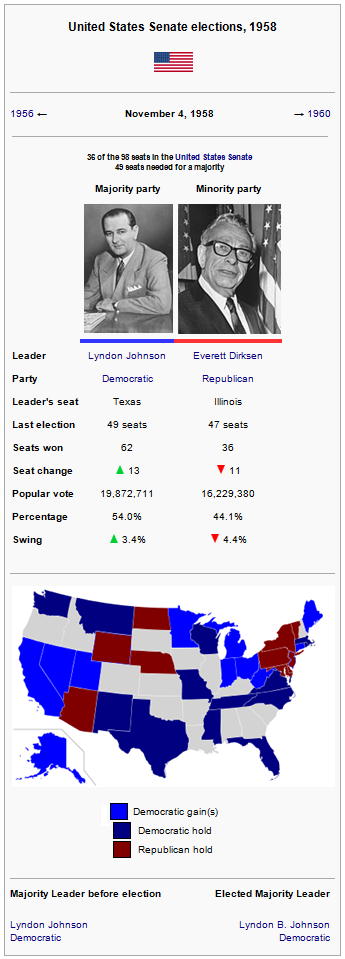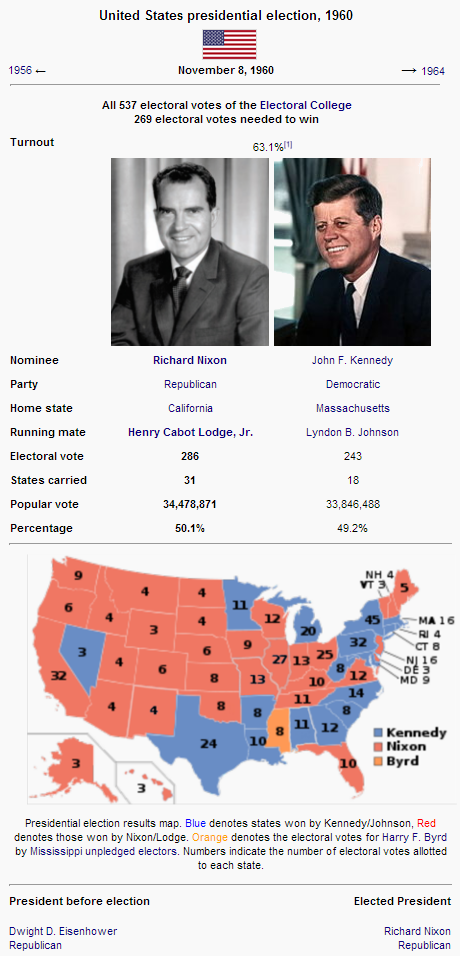Red, Green, and Blue
By 1970, more and more American soldiers were leaving Indochina each month, and the urban and college riots started becoming less and less frequent. This strategy was enormously popular, as a majority of Americans had become tired of the war and the carnage they saw every night on television. The president's domestic policy, however, divided the nation. The president, citing his platform, allocated increasingly large amounts of the budget for states to use for policing and got Congress to enact drug laws some would call draconian. Then, with the Progressives firmly in control of Congress, he made quick use of his majorities and established several new federal departments (including Education, Health and Welfare, Housing & Infrastructure, Veteran's Affairs), passed near-universal health care that covered all but the wealthiest Americans and enacted the strongest civil rights laws in American history meant to benefit African-Americans, Hispanics and other disadvantaged minorities.
The Republicans chose Michigan Governor George Romney as their challenger, making him the first Mormon nominee for president. Romney, a moderate who while popular with the electorate, was mistrusted by the increasingly strong conservative base within the party, so he picked young Illinois Congressman Donald Rumsfeld, a strong conservative hawk, as his vice-presidential nominee.
Rockefeller's civil rights laws had not been unnoticed by the south and the Democrats quickly pounced, nominating a ticket of Florida Senator George Smathers and Arkansas Senator Wilbur Mills, quickly lambasted "high-handed Washington changes" and campaigned on economic populist issues to challenge Rockefeller's top-down approach.
The election proved very close and, the Rockefeller and Romney campaigns grew increasingly desperate in to attempt to break Smathers' lock over most of the south, who were put off by the two vocally integrationist northerners. As the results came in, it became clear that both campaigns had failed. Hopes for a clear victory soon evaporate as Rockefeller and Romney remained close the entire night. By the end of election night 1972, it became clear that, for the first time since 1824, the Electoral College had deadlocked.
A month of furious closed door negotiations took place before the Electoral College formally counted the votes in December 1972. No electors had switched and so it wasn't until the first days of January 1973 that Americans had any idea as to who their Congress thought should be president. The Progressives had retained a slim majority in the House but lost their majority in the Senate.
The first couple of House ballots saw Rockefeller out slightly in front of Romney, with Smathers only getting four Deep South delegations and the rest tied. The Senate, with only two candidates to choose from, saw the Democrats pick Rumsfeld over the very liberal Vice President Hughes almost to a man, giving the Republicans the vice-presidency. This spurred an increased effort by the Progressives, flipping a couple locked delegations, but not enough to give Rockefeller a second term. Smathers and the Democrats, with Inauguration Day looming and not wanting Rumsfeld to become acting president until a winner was decided, agreed to switch their support to either of the other two candidates. The final ballot saw Rockefeller win a majority and another term just three days before Inauguration Day.
 Red, Green, and Blue
Red, Green, and Blue
United States presidential election, 1928
United States presidential election, 1932
United States presidential election, 1936
United States presidential election, 1940
United States presidential election, 1944
United States presidential election, 1948
United States presidential election, 1952
United States presidential election, 1956
United States presidential election, 1960
United States presidential election, 1964
United States presidential election, 1968





